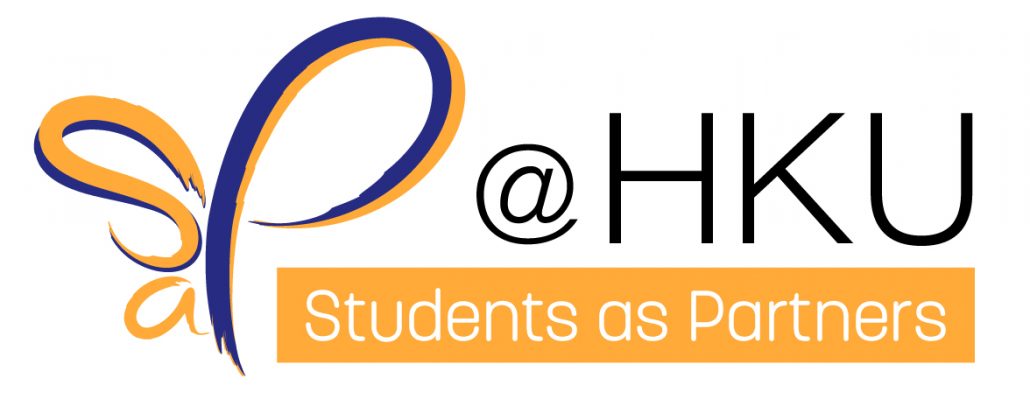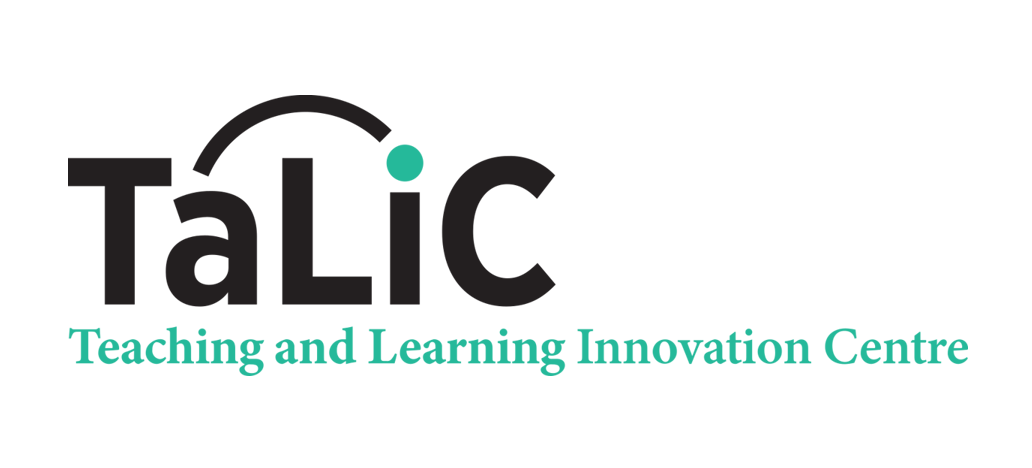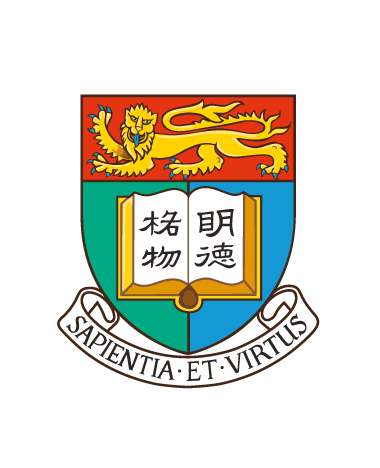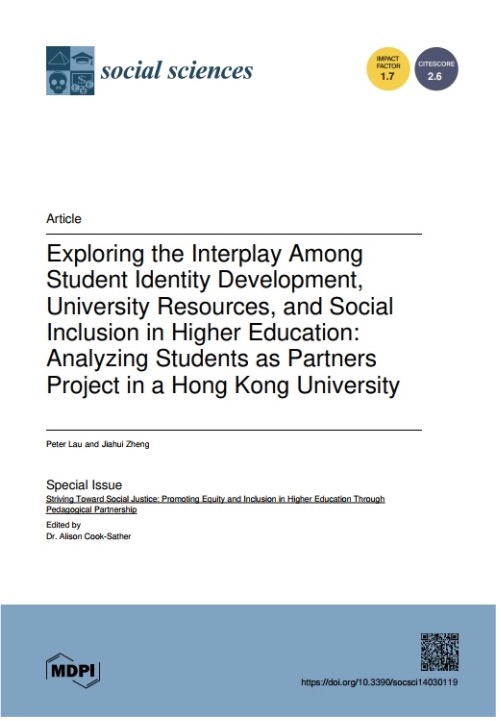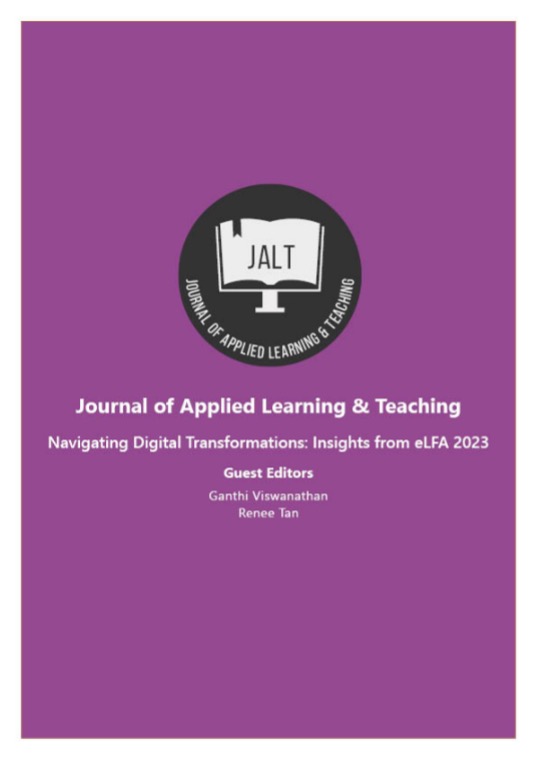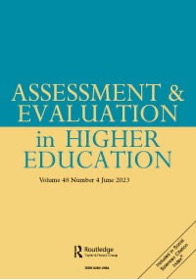Exploring the Interplay Among Student Identity Development, University Resources, and Social Inclusion in Higher Education: Analyzing Students as Partners Project in a Hong Kong University
The University of Hong Kong
Social inclusion is vital in teaching and learning, particularly within collaborative educational frameworks like the Students as Partners (SaP) initiative. This article delves into selected SaP projects regarding social inclusion in a Hong Kong university, focusing on understanding the complex interplay among student identity development, university resources, and social inclusion. To achieve this, the study employs a qualitative research methodology, which allows for an in-depth exploration of the experiences and perspectives of students involved in the scheme. By analyzing student interview data, this article delineates the identity development process in SaP projects. Additionally, it explores aspects related to the university resources that support student partners throughout the social inclusion project implementation in the Hong Kong context. The results indicate that students are generally aware of social inclusion. Some of them developed a new identity to sustain a positive influence on social inclusion through SaP projects, along with the necessary university resources.
Source
Lau, P., & Zheng, J. (2025). Exploring the Interplay Among Student Identity Development, University Resources, and Social Inclusion in Higher Education: Analyzing Students as Partners Project in a Hong Kong University. Social Sciences, 14(3), 119. DOI: https://doi.org/10.3390/socsci14030119
Fostering educational innovations in the era of global digital futures with students as partners (SaP) – Agency of university students in the Asian context
1 The University of Hong Kong | 2 The Hong Kong Polytechnic University | 3 HERDSA Hong Kong | 4 The Hong Kong University of Science and Technology | 5 The Chinese University of Hong Kong | 6 Hong Kong Baptist University | 7 City University of Hong Kong | 8 Lingnan University
Most studies on Students as Partners (SaP) in the literature have been found to be western-centric, highlighting a significant lack of SaP studies in Asian countries. Higher education in Hong Kong is still developing its SaP practice. This article aims to address this gap by examining how student partnership fosters education innovation in the era of global digital futures, particularly through the Redesigning Student Learning Experience in Higher Education (RSLEIHE) project scheme in recent years in Hong Kong.
Believing that meaningful and impactful student partnership relies on the student agency developed during the projects, this study discusses factors facilitating student agency development through SaP projects of the RSLEIHE scheme in an age of digital futures. The two-stage research design (including student responses on a quantitative survey and a ranking task) allowed for a comprehensive exploration of student perception of student agency levels among a diverse cohort of participants from local universities in Hong Kong.
The findings revealed interesting patterns and variations in student agency across different demographic factors such as gender, level of study and academic disciplines. Notably, graduate students exhibited higher levels of agency compared with undergraduate students, while female students perceived significantly more peer support. Overall, this study emphasises the significance of support systems, trust-building, and opportunities for students to make choices in shaping the student experience.
Source
Lau, P., Chan, K., Kwan, A., Chu, B., Lam, P., Kwong, T., … & Chong, K. Fostering educational innovations in the era of global digital futures with students as partners (SaP)-Agency of university students in the Asian context. Journal of Applied Learning and Teaching, 8(Sp. Iss. 2), 64-73. DOI: https://doi.org/10.37074/jalt.2025.8.S2.6
Cross-Institutional Service-Learning in Orthopedics Curriculum in Traditional Chinese Medicine Education: APRS Service-Learning Model
1 The University of Hong Kong | 2 Hong Kong Baptist University | 3 The Chinese University of Hong Kong | 4 Northeastern University | * Co-first authors
Previous studies showed that traditional Chinese medicine (TCM) students experienced low confidence in using discipline knowledge/skills due to the lack of practicum opportunities in the curriculum under the current TCM law in Hong Kong. In this study, TCM students participated in service-learning in Orthopedics curriculum as partners. Detailed arrangements of the service in this study were self-determined by the student partners. In such a partnership, TCM students were empowered to take control of their learning. They gained additional exposure and authentic experience of working with TCM professionals and communicating with the local social workers and patients. As TCM students made significant decisions on what specific activities (home visits, consultations, or health care education) to hold, how to carry them out, and how frequent and when to execute, they reported a greater sense of control of their learning, as a result of reinforced Autonomous Motivation (Hagger et al., 2014).
Source
Lau, P.*, Cheung, C.H.*, Tu, F., Hao, D.F., Chung, K.K.L., Wong, J.H.T., Ng, A.T.S, & Siu, S.S.Y. (2024). Cross-institutional service-learning in orthopedics curriculum in traditional Chinese medicine education: APRS service-learning model. Journal of Service-Learning in Higher Education. [Link]
Student partnership in assessment in higher education: a systematic review
The University of Hong Kong
Source
Chan, C. K. Y., & Chen, S. W. (2023). Student partnership in assessment in higher education: a systematic review. Assessment and Evaluation in Higher Education, 1–13. DOI: 10.1080/02602938.2023.2224948
Six-stage Student Partners Identity Development Framework
The qualitative data revealed a systematic progression of identity that participants underwent during their involvement in SaP projects. As the project progressed, they explored and defined their identities in six stages: Awareness, Exploration/Engagement, Identification, Differentiation, Generativity, and Integration.
Students progressively transitioned from “helpers” to “peer leaders” or “partners” in their teams. “Peer leaders” and “partners” were characterized with (self-)defined power, responsibilities (such as making decisions, defining missions, seeking sponsorship), and roles (such as promoting, recruiting, and training new members). Some of them eventually found ways to sustain project impacts by extending the practice to a new project setting (a wider context). This process of identity transformation was shaped and influenced by various factors. First, mentorship or guiding support provided by university staff or faculty was instrumental in fostering student confidence, skills/knowledge development, and leadership potential. Second, engagement and collaboration with peers facilitated the development of students’ role recognition and sense of responsibility within the team. Finally, the supporting resources and environment in the university, such as funding/financial support, facilities (laboratory), administration support, academic support, etc., significantly contributed to students’ growth and development. The students’ sense of growth and responsibility was exercised and strengthened in this process, enhancing their ability to adapt to challenges and assume higher-level responsibilities.
Four approaches of starting SaP projects
Teaching and Learning Innovation Centre, HKU
